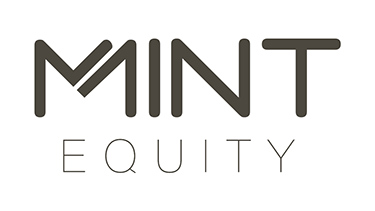There’s something more important than interest rates when doing a home loan comparison, and that’s knowing what fees and charges apply to your new and existing mortgage.
Home loan comparisons are becoming an online phenomenon, but dissecting and understanding all the elements of your home loan can only be done with a trusted mortgage broker. Home loan comparison websites can provide generic information on fees, charges and exit costs, but they are unable to convey the personalised, relatable advice and support that only a mortgage broker can give.
Here’s our quick guide to the common fees and charges that impact your mortgage.
Establishment or Application fees
An establishment, application or set up fee is a one-off payment when you start your loan. If you are not charged an establishment fee, you may pay higher ongoing fees. In some cases, your Mortgage Broker will be able to negotiate with the lender for these fees to be waived.
Lenders' Mortgage Insurance (LMI)
Lenders Mortgage Insurance (LMI) is a payment that helps to protect the lender if you are unable to make repayments on your home loan.
Mortgage fees and charges: your guide to the fine print
Most lenders prefer borrowers to have a loan to value ratio of at least 80%. That means you pay 20% deposit and borrow 80% of the property value. By doing so, you reduce the lender’s risk of taking you on as a borrower and you don’t need to pay for Lenders’ Mortgage Insurance to cover the lender.
Each lender has a different loan to value ratio that triggers LMI, so it’s best to speak with a Mortgage Broker to find out what options are available.
Ongoing fees
Ongoing, service or administration fees are charged every month or year for your lender to administer your loan. These can be either ongoing or only payable when an action occurs, like when you perform a redraw.
Fixed interest rate break fees
If you break your fixed rate mortgage you may be charged a 'break' fee. These fees can be very high depending on how much the interest rates have reduced since you took on the fixed rate loan. You’ll need to contact your current lender to find out what your break fee will be as each lender calculate the fee differently.
Top tip: Fixed interest rate break fee
Tip: Keep in mind that this should be done at least two times during your refinancing or discharge process as rates may drop even further the day before you exit the lender, and your break fee may increase since the first calculation at the beginning of the process.
Early exit fees
Early exit, discharge, termination or deferred establishment fees are charged if you pay out your home loan in full, within a specified period (for example, in the first 5 years).
On 1 July 2011, exit fees were banned for loans signed up after 1 July 2011, however if the loan was established before then, early exit fees may still apply and you should contact your lender to find out what the early exit fee is.
Since July 2011, credit providers are not permitted to use exit fees to discourage you from switching your loan or to punish you for doing so.
Discharge fees
Discharge, termination or settlement fees may be charged when you pay out your mortgage in full.
If you are ever unsure about what fees and charges are payable on your home loan, contact your lender. As mortgage brokers we provide our clients with a Credit Proposal Disclosure document which provides a detailed list of what fees and charges are associated with the loan they are considering.



